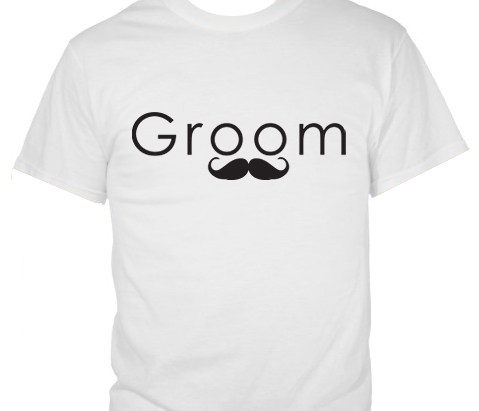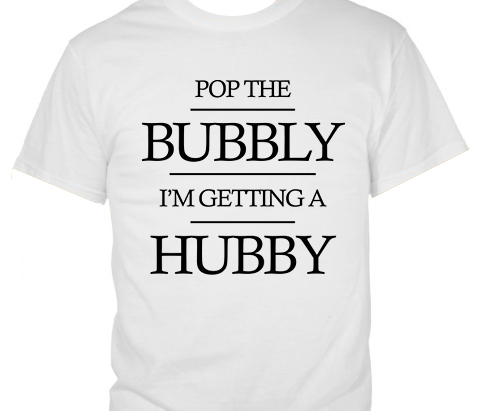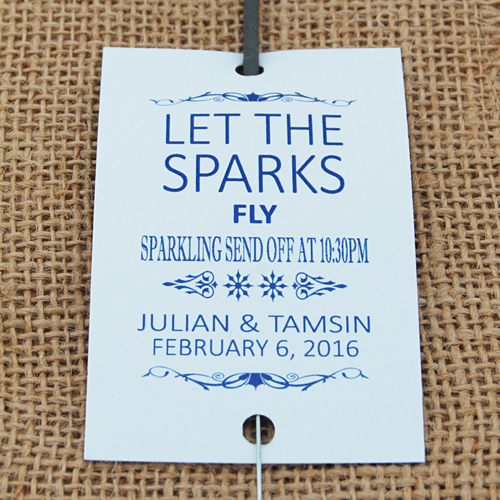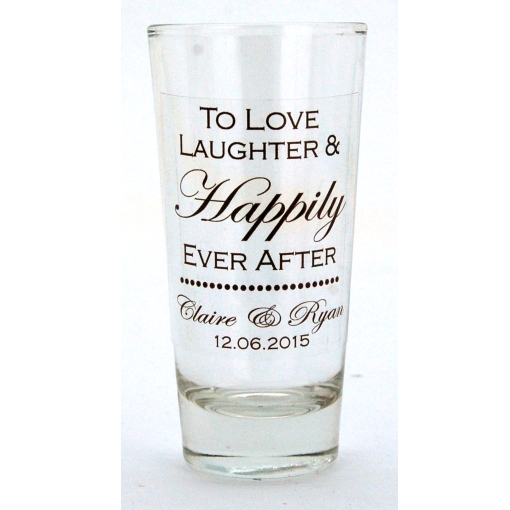Choosing Your Wedding Dress
Your wedding day will be defined by a few factors – the special guests, the enchanting wedding venue, the touching speeches by those who mean the most to you. But, certainly for the bride, the wedding is largely about looking absolutely spectacular, and watching the awe-struck look of the groom as he lays his eyes on you for the very first time. Although trends and fads usually tend to leave a sense of “what was I thinking?”, it is important that you never look at wedding photographs and feel that sense of regret because of the bad choice in wedding gown.
There are several factors that affect the way we go about choosing our wedding dress. One of the foremost reasons that brides are not happy with the dress they select is that it is not their first choice, for various reasons, including allowing others (often mothers) to sway their decision. Another common reason is that brides negotiate on what they want in an effort to save on costs. Perhaps the most costly mistake of all is insisting on the dream dress, regardless of what it looks like on your unique body shape.
Your wedding dress needs to be exactly what you want, based on an objective examination of what you can afford and what it may look like on. This can be a difficult concession to make, but it is vital to your comfort on the day, and satisfaction every time you see your wedding photos.
It is important to be open to suggestions that would ordinarily have seemed unacceptable, so be sure that your shopping partner and/or wedding designer is someone whose opinion you trust and value. If you elect to hire your dress, or purchase it over the internet, you may need to try on similar-shaped dresses with a friend to determine whether it suits you before purchasing the wedding dress.
The following dress shapes are available:
- A-line – as the name indicates, this dress creates an A shape along the body line with seams running from the shoulder or neck line to the hem. This shape is best for brides with small waists and large hips and thighs and is generally flattering for the more voluptuous body shape.
- Empire – This dress has its main seam right under the bust. This is flattering to brides with small breasts, and elongates the body, making the bride appear taller.
- Sheath – This is a body hugging, simple shape with no complicated structure, and is best for tall brides with athletic figures.
- Ballgown –Definitely the more traditional shape for most wedding dresses. This is made up of a bodice (often laced) and long skirt (usually flared). This style flaunts a slim waist and hides large hips and thighs effectively. Short brides need to be aware of the degree of the skirt’s flare, as this tends to ‘flatten’ the figure and make the bride appear shorter.
- Mermaid – These dresses are tight fitting up to the knee, where they flare out to resemble a fishtail. This style adds height and curves to a figure.
Off-the-shoulder dresses detract from large breasts and accentuate the neckline. Be aware that the fabric you select does not make you sweat or itch, and does not pull when you dance or sit. Your dress no longer needs to be white, or even off-white, although these remain traditional. If you look washed out or pale in white, consider other feminine shades that make your complexion look more radiant.
Your priority when dress shopping should be comfort – both with the fit and feel as well as comfort with the style you have selected. A bride who is not comfortable in her dress is usually unable to hide this discomfort while dancing, socialising and posing for photographs.
Your husband-to-be already thinks you are the most gorgeous woman on the planet – all you need to do is select the perfect dress to look as fantastic as you feel on your wedding day.
Photo Credit: theweddingroomnottingham.co.uk




